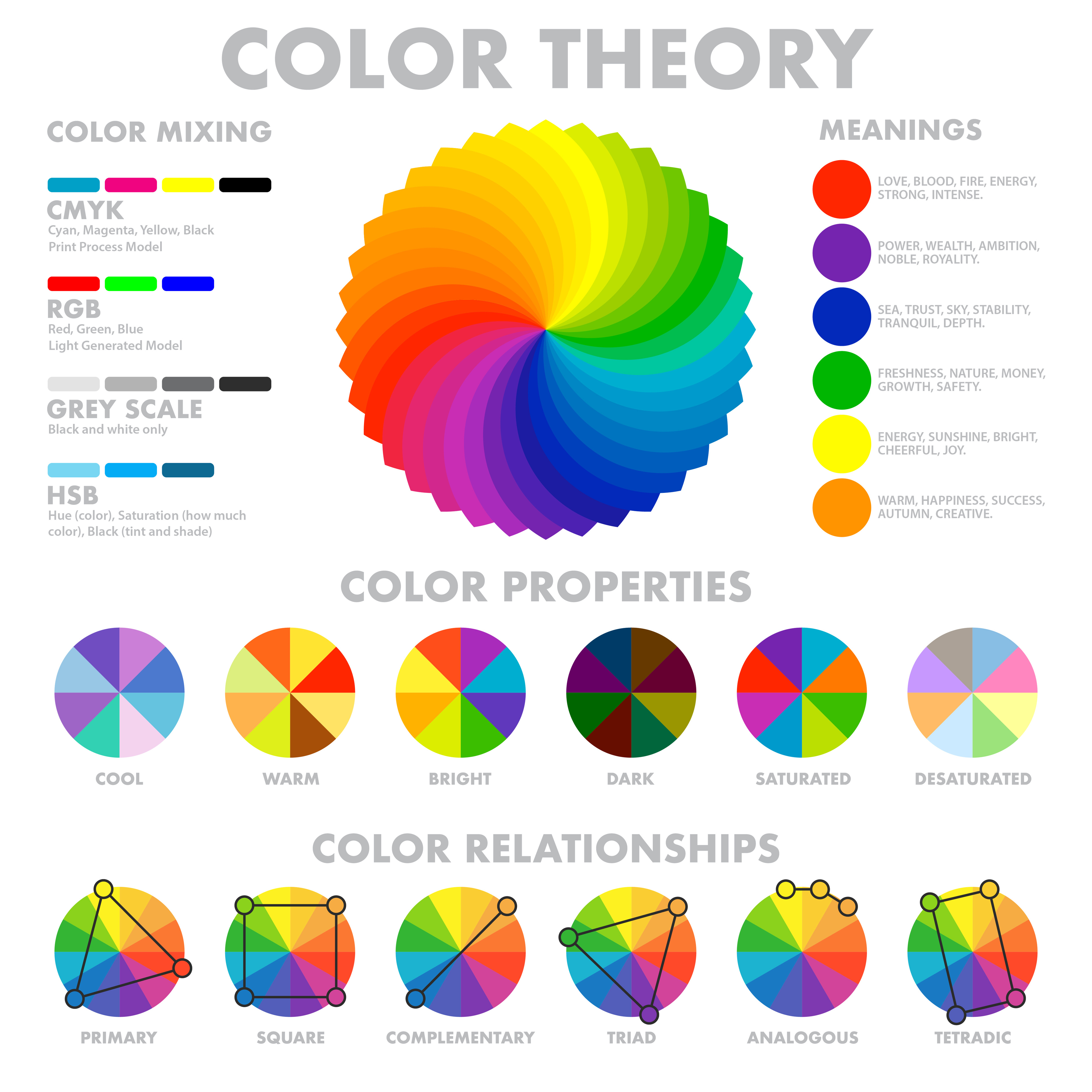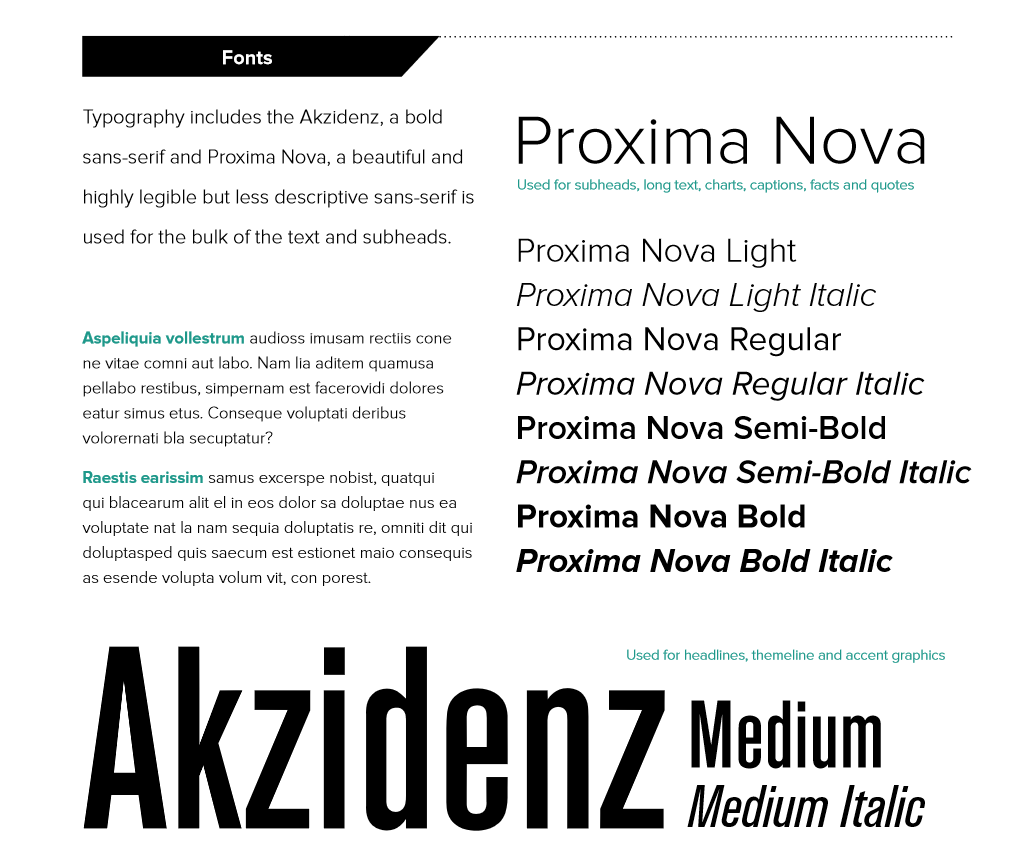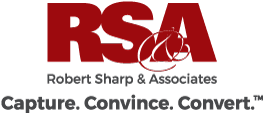The Key components to a successful brand guide
– By #RSA

In our last blog, the team at Robert Sharp & Associates discussed the importance of building a brand for your company. We discussed why creating an effective, memorable brand is a must-do to make your company stand out and build trust with your customers. If you missed it, you can read it here.
One of the key components of creating a memorable brand for your company is creating and implementing a defined brand guide. A brand guide is a document that helps ensure all content, graphics, web designs, and digital marketing ads your business creates maintain a cohesive look and feel. Essentially, it is a way to guarantee any materials being produced by your company align with the image you’ve created for your brand.
So what needs to be in a brand guide, and how can you build a successful one? Keep reading to discover the key components you need to create a successful brand guide for your business.
In order to make sure all your marketing materials match the values, image and personality of your brand, you must first outline what those things are. A complete brand guide should contain your company’s mission and vision statement. These define your company goals and how you plan to achieve those goals. In addition, outlining your company’s values will help to ensure all materials produced align with the values you have instilled in your business. Companies that stay true to their values are more trustworthy in the eyes of their customers. Providing all this information helps set the tone of your company and how you want to be perceived. Companies that have not only created a strong brand, but stand behind that brand are the most successful.
Research shows that up to 85% of consumers believe color is the biggest motivator when choosing a particular product, which means the color scheme you choose for your brand is extremely important. Colors invoke feeling and emotions and people associate certain colors with specific things. The colors you choose for your brand are the first impression most people will have before even knowing what the company is about. When choosing a color scheme, do some research on color psychology and color theory. This can help you determine what emotions are easily provoked by different colors. Using this knowledge, you can begin to determine how you want customers to think about your brand. Do you want your customer to be happy, learn something new, or take action? Is your brand fun, or serious? Answering these questions can help you determine what colors are best suited for your brand. After you have picked an initial color, you can begin to determine what values and tones you like within that color palette. Using a color wheel to identify complementary colors is another great way to determine what colors will look best together.
Along with your logo, it is important to develop a font style guide that can be associated with your brand. When picking a font style, try and decipher what your brand voice is. For example, maybe you work for a tech company and your voice is sleek, edgy and professional. On the other hand, maybe you’re opening a candy shop and you want it to have a more whimsical, playful feel. Deciphering what you want the tone of your brand to be can help you determine what font styles will be most compatible with your messaging and imagery. Don’t forget to choose 1-3 font types that look well together for print materials that may have a lot of text on them. It is recommended to pick one font style for headings and another for body content.
A logo is a combination of text and imagery that tells people who you are and showcases your company vision. A good logo is memorable, and will stick in the minds of your customers. Your logo should be something they can easily recognize out of the crowd.
Your brand guide should include your logo in its color and black and white formats as well as any additional versions you may need for web and print formats. Many businesses have instructions outlining the minimum size of your logo and how it should appear in relation to other assets. All of these details need to be defined in your brand guide. Making sure your logo appears consistently in all materials helps protect your brand value and helps build your company image.
We live in a visual world, and, often times, we are more impacted by the pictures we see than the text we read. This is why creating an image style guide for your brand is integral to your success. From social media posts, to digital ads, print ads, billboards, your company website, and more, images related to your company show up in almost all marketing materials you produce. Just like your font and color scheme, identifying the tone of your brand may have a large impact on the kind of imagery you use. Once again, is your brand moody, edgy and fierce? Or are you inspirational and uplifting? As you can imagine, these different tones would look vastly different visually. Providing a few examples of acceptable imagery can help ensure all your marketing materials align with the look and feel of your brand.
If you’re still struggling to determine what your brand is, or how to create an effective brand guide, give Robert Sharp and Associates a call at 605-341-5226. We can help you define your goals, and vision and then our team of talented graphic designers can build you a comprehensive brand guide that helps bring your vision to life!
Last Modified:


